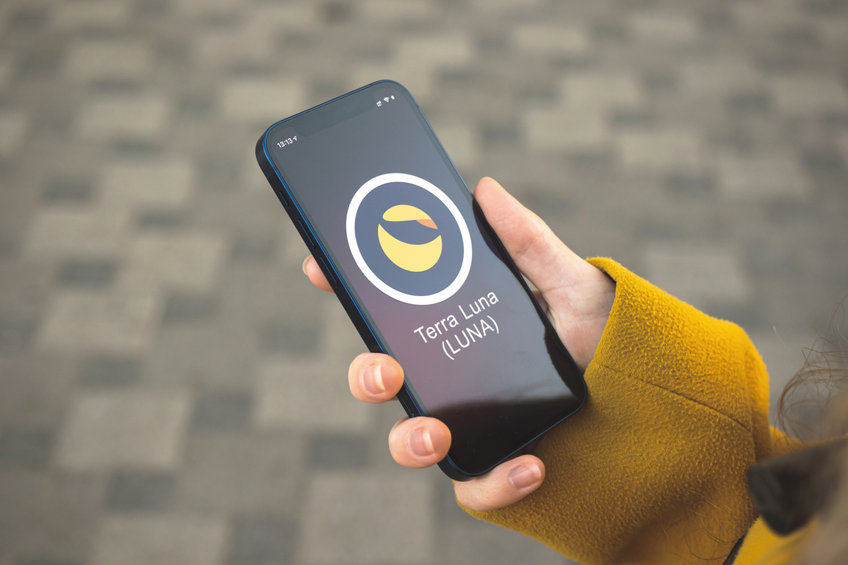
& What do you turn to in a period of incessant dips and reds? Stablecoins are cryptocurrencies that are pegged to non-digital assets. Unlike most cryptocurrencies, they can remain stable in the face of dips. So, if you are looking to invest in a stablecoin amidst the endless pool of stablecoins, why not invest in Terra instead?
& Terra is a layer-1 blockchain platform that supports smart contracts and enables the creation of various stablecoins. It aims to serve as a base layer for the fintech ecosystem. These stablecoins are stabilised by algorithms and are used for payment purposes. They run on a seigniorage mechanism.
& The development of Terra began in 2018 by Terraform Labs' Do Kwon and Daniel Shin. The whitepaper was in April 2019; the same month, the mainnet was launched. Terra is widely used in South Korea and its environs. It is very popular in the Asian e-commerce market.
1. Terra works in a unique way
& Unlike most stablecoins, Terra uses smart contract algorithms to maintain the supply of its stablecoins. The stablecoins are collateralised by LUNA rather than their fiat currency equivalents. In essence, every stablecoin is pegged to LUNA. Terra serves as an intermediary for swapping between stablecoins and LUNA and vice versa, thereby helping to maintain supply.
& To mint stablecoins on Terra, you need the LUNA equivalent of the amount you want to mint. Minting stablecoins generate seigniorage. This allocates a small portion of the LUNA used for minting into the community treasury, which is then used to incentivise mining on the network. Seigniorage is essential in minting, burning, and maintaining the supply and price of stablecoins.
& As with other cryptocurrencies that burn, it is a deflationary measure to stabilise the economy. The community treasury also serves in reinvesting in apps that use UST. A decrease in demand causes the Terra algorithm to increase fees, automatically stabilising the network. It has an average block time of six seconds.
& All transactions pay gas fees that are set by the validators. Transactions involving stablecoins on non-market swaps cost stability fees, and spread fees are paid on market swaps. Rewards are earned through gas, fees, and seigniorage rewards. Trading LUNA and stablecoins help maintain the supply of the stablecoins.
2. Terra uses an eco-friendly consensus algorithm for its operations
& The blockchain is created using the Cosmos software development kit. The platform is run by its stakeholders. It uses the eco-friendly proof-of-stake consensus algorithm- Tendermint Delegated Proof-of-Stake. This involves using a group of decentralised validators who verify transactions in exchange for rewards. Terra had about 130 validators in October 2021.
& Users can delegate their tokens to a validator, ensuring security by validating transactions. These validators determine the percentage of the rewards that will go to their delegators. The token exists in three states- the unbonded (when it can be traded freely), the bonded (when it is staked for rewards), and the unbonding (21 days during which unstaking occurs).
& Both validators and delegators can govern the network depending on their delegated tokens. The rewards for validators and delegators are derived from Terra taxes. Validators can be slashed if they are caught in any malicious behaviour. This affects the stake of their delegators as it is slashed too.
& 3. Terra's ecosystem is still young and growing
& Terra's ecosystem is made of stablecoins, native wallet, investment platforms, Mirror Finance, payment apps, and bridges, among other projects. Terra has hosted over 100 projects, including DeFi, NFTs, and Web 3.0.
& As stated earlier, Terra supports the creation of stablecoins backed by algorithms and an elastic money supply mechanism. TerraUSD, TerraKRW, TerraCNY, TerraMNT, TerraSDR, and TerraJBY are some of the stablecoins that have been minted on Terra. UST is the fourth-highest stablecoin by market cap and is ranked 16th right now.
& Terra station is the native non-custodial wallet of Terra. It allows users to interact with the blockchain, including funding, staking, and participating in governance. Users can also see their transaction volume, staking rewards, and active accounts.
& It also serves as a host to the CHAI payment app, which aids frictionless transactions. It supports interoperability through the Terra Bridge, which links Terra to BSC, Ethereum, and Harmony, with plans to add Solana soon. Terra Bridge is a cross-chain system. Also, it has integrated the Inter-Blockchain Communication (IBC) protocol for interacting with other protocols in the Cosmos network.
& Anchor Protocol is a fixed yield platform that supports payments, investments, and savings. Users can enjoy a stable interest of 20% APY on investments. It also supports margin trading and short-term loans. Mirror Finance enables the deployment of mirrored assets (mAssets), which aids trading and tracking real-world assets. It has Shuttle Bridge, which can move mAssets to the Ethereum blockchain.
& Other notable projects on the ecosystem are Ozone, Terraswap, Wormhole Token Bridge, LoTerra, Lido, ApolloDAO, and many more.
4. Terra is backed by trustworthy investors and partners
& In August 2018, Terra had a private sale that saw the likes of Binance Labs, Huobi Capital, OKEx, and Dunamu & Partners invest about $32 million. And due to the notable partnerships, it is forming, and it is gaining traction. CHAI, BC Card, Voyager Digital, Bison Trails, Qoo10, Axelar, Woowa Brothers, Bugs, Carousell, and Singsang Market have partnered with the network.
& Arrington XRP Capital Hashed and Lightspeed Ventures, Lunex Ventures, BlockTower Capital, and Galaxy Capital have also invested in Terra. They invested over $150 million in its ecosystem fund. Terra has over $1.2 trillion of assets locked across protocols in the ecosystem right now.
5. LUNA; the multipurpose native token
& In February 2019, LUNA was sold to the public for $0.8. Three years later, today, it is worth $69.13 with a market cap of $27.8 billion. Over 380 million LUNA was minted at launch, and 10% was allocated to Terraform Labs, 26% was given to project backers, 4% for genesis liquidity, and 20% each for project contributors Terra Alliance, and price stability reserve. There is a max supply of 1 billion, and 403.4 million is in circulation right now.
& LUNA is used to maintain the stability of the stablecoins by absorbing volatility. It serves as a reward for validators and delegators. It is used to secure and run the network. Also, it can be staked and used as a governance token. LUNA serves utility functions as well.
& It is one of the top ten cryptocurrencies by market cap. It peaked at $103.34 in December 2021.
Ending Note
& Due to its less volatility, it is a worthy investment. Terra (LUNA) is currently very prominent in Asia, but as it expands to other regions, the need for LUNA will also increase. Although LUNA is not a stablecoin, its job in the ecosystem would impact its price dynamic in the long run.
& As appealing as Terra is, don't dive in without proper research. It would be nice to know this helped make the big decision, but it shouldn't be the only thing you consult. Don't forget to deal wisely, the crypto market is extremely risky.
The post 5 Reasons why you should buy Terra appeared first on Coin Journal.

You can get bonuses upto $100 FREE BONUS when you:
💰 Install these recommended apps:
💲 SocialGood - 100% Crypto Back on Everyday Shopping
💲 xPortal - The DeFi For The Next Billion
💲 CryptoTab Browser - Lightweight, fast, and ready to mine!
💰 Register on these recommended exchanges:
🟡 Binance🟡 Bitfinex🟡 Bitmart🟡 Bittrex🟡 Bitget
🟡 CoinEx🟡 Crypto.com🟡 Gate.io🟡 Huobi🟡 Kucoin.
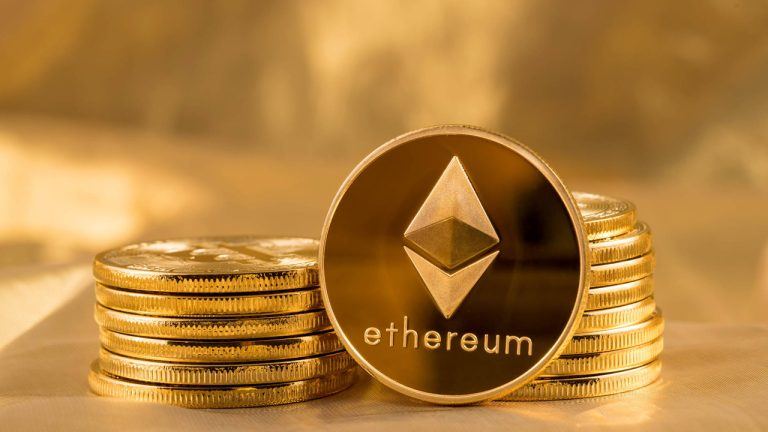
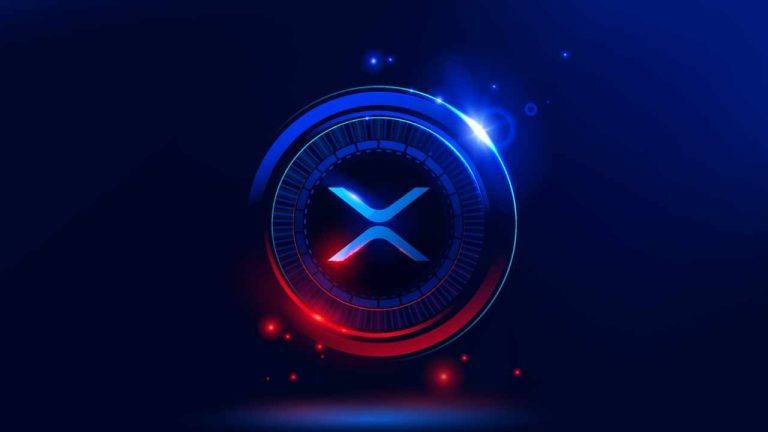


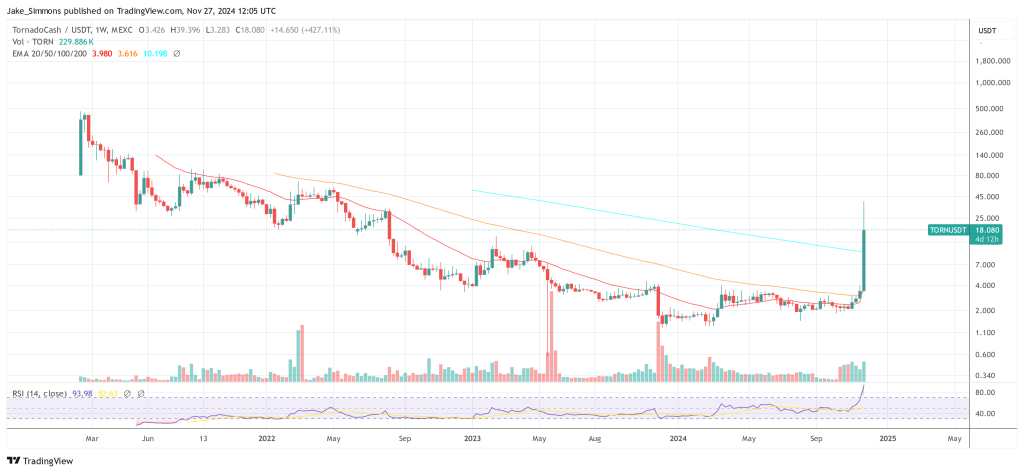
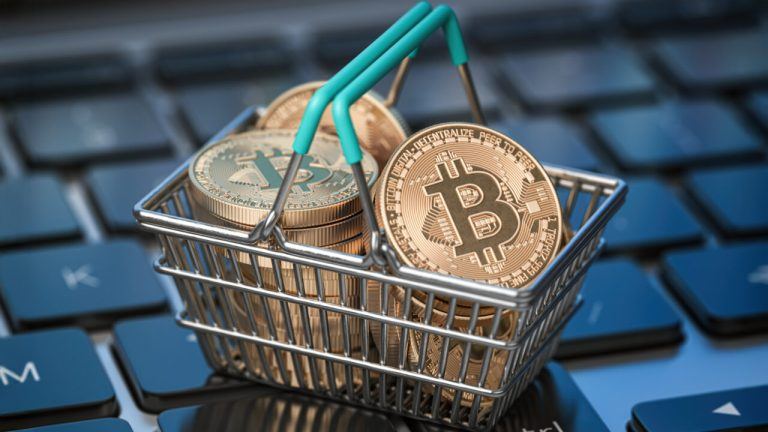
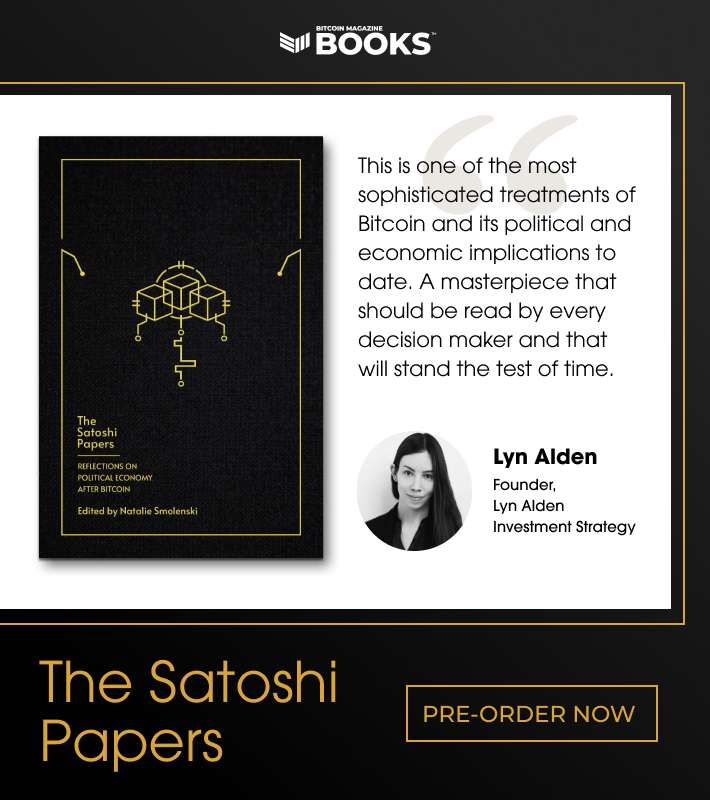
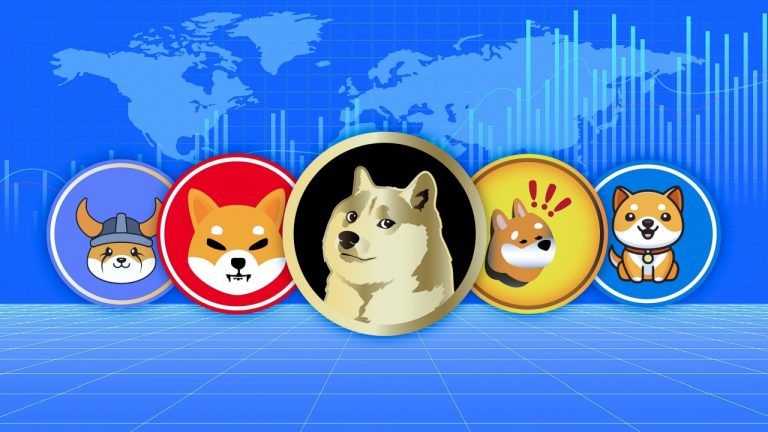

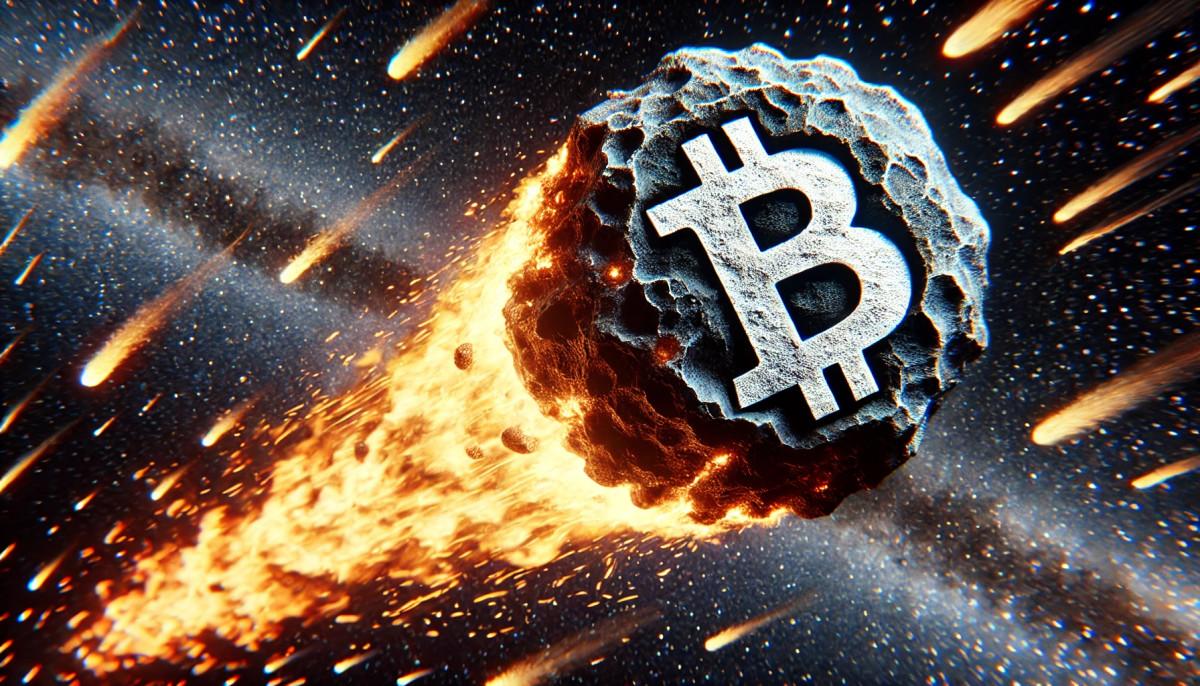
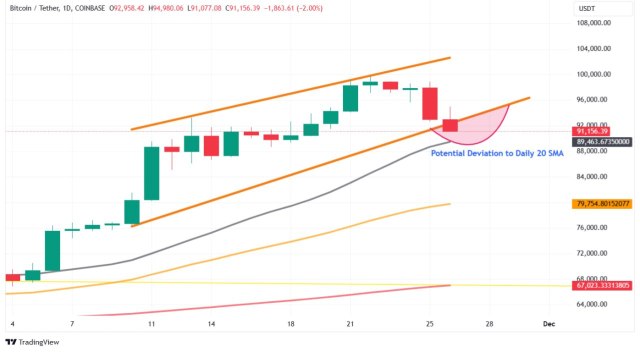
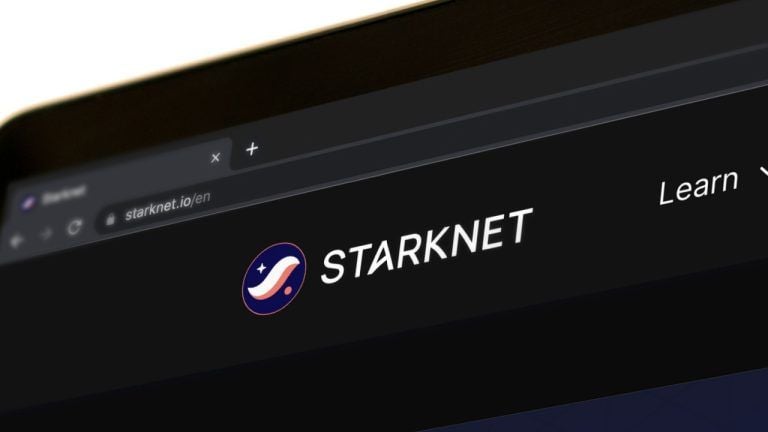




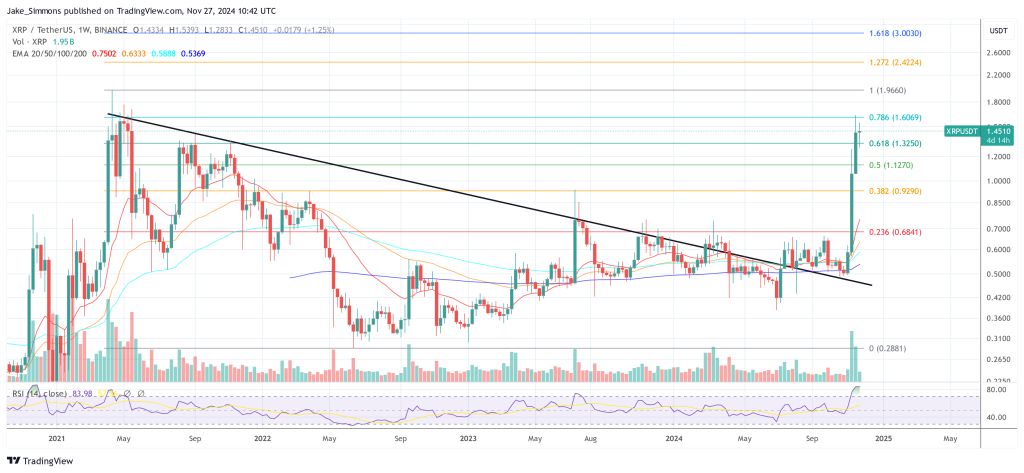
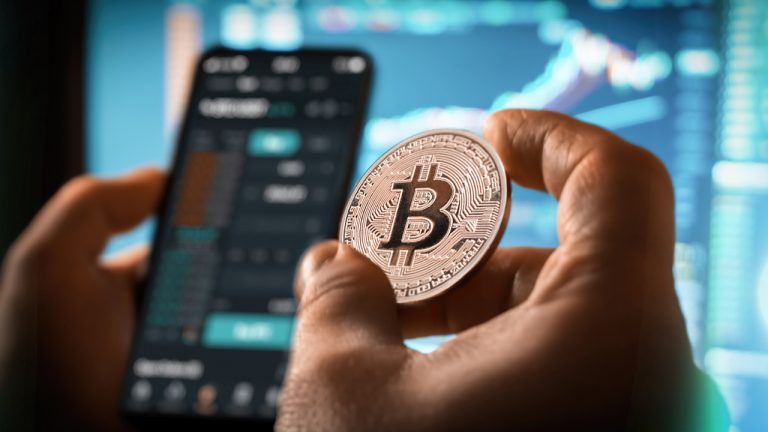


Comments